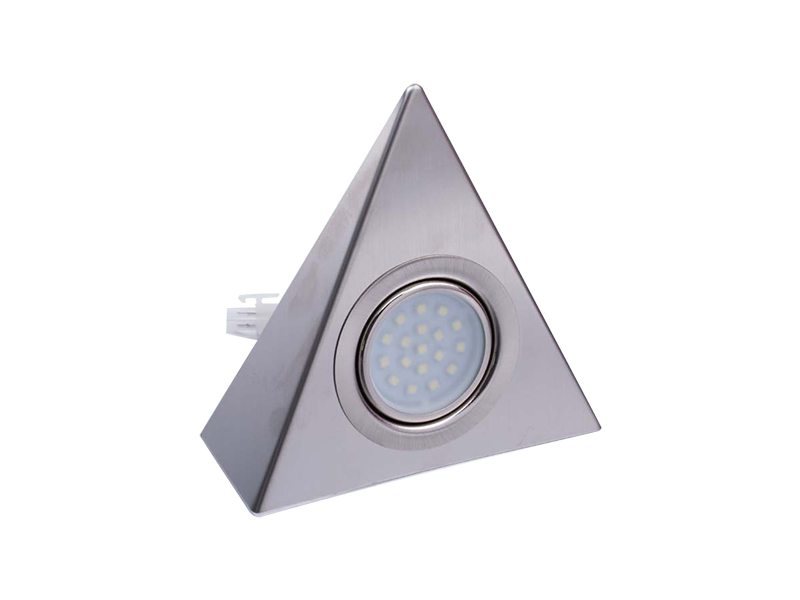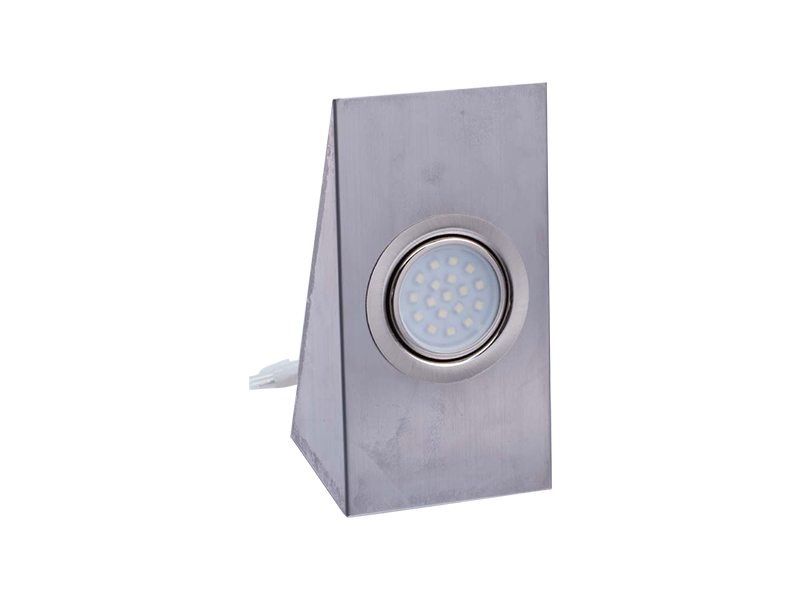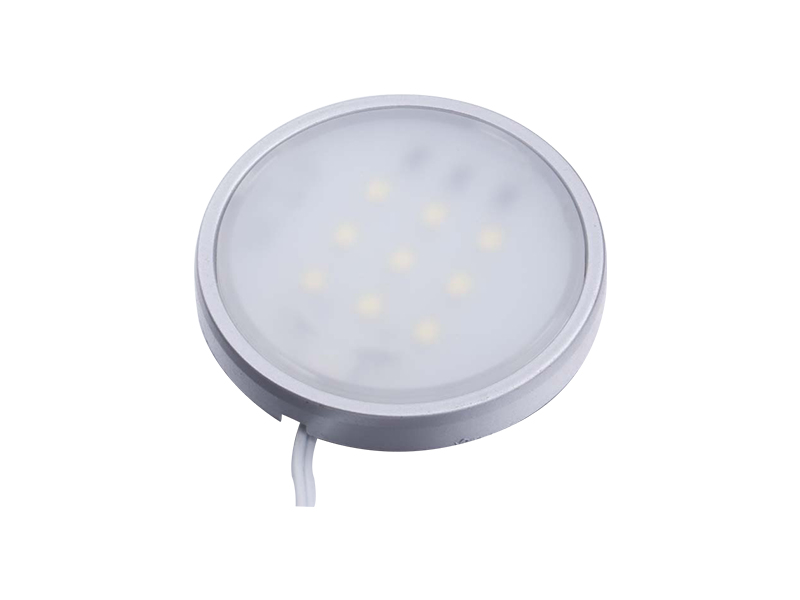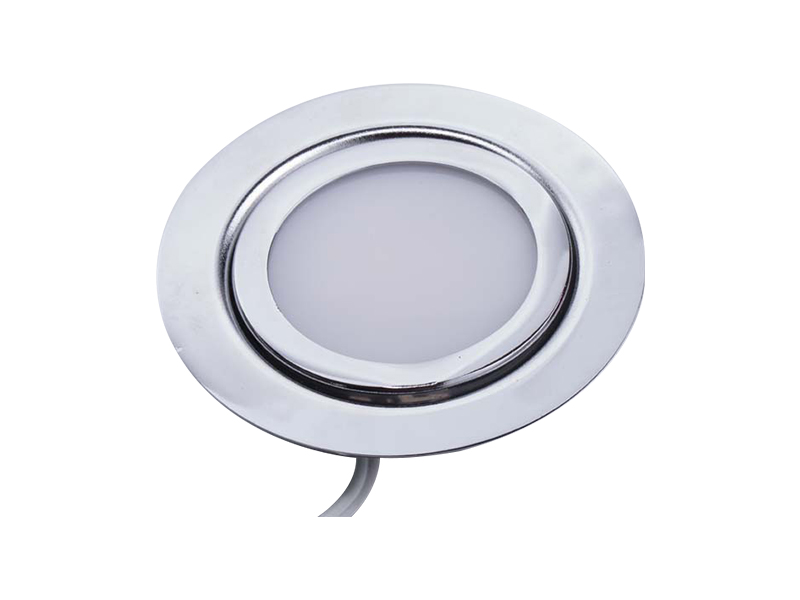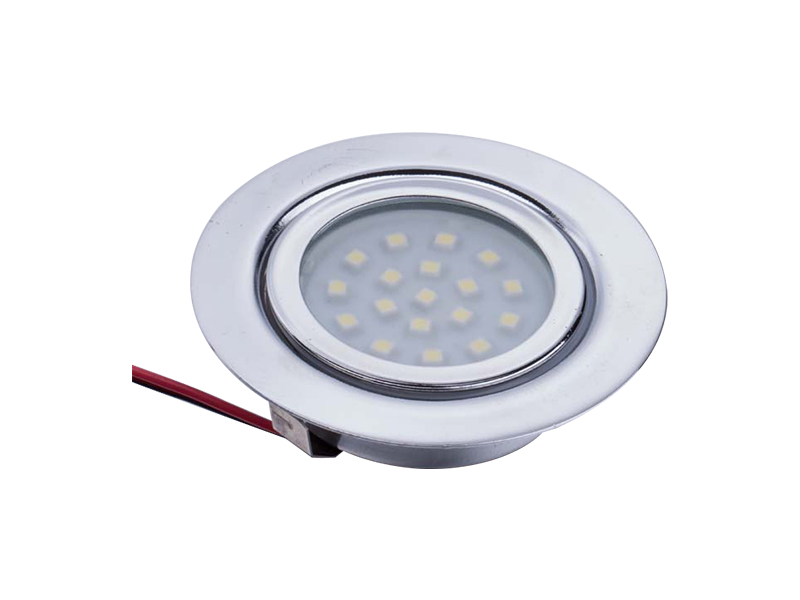-

E-mail:[email protected]
-

Telphone:+86-574-88073028
-

FAX:+86-574-88073029
QR code on
mobile phone
Welcome to Eastkey!
Welcome to Dongke!
Sealed Construction: LED mirror lights designed for bathroom environments are meticulously crafted with sealed constructions. This involves using gaskets, silicone seals, or other moisture-resistant materials around joints, edges, and openings where electrical components are housed. The primary goal is to create a barrier that prevents moisture from seeping into sensitive parts of the fixture. This sealing not only enhances the durability of the light but also ensures electrical safety by minimizing the risk of short circuits or damage due to moisture ingress.
IP Rating: The IP (Ingress Protection) rating system classifies the degree of protection a fixture has against intrusion from solid objects like dust and liquids such as water. LED mirror lights suitable for bathrooms typically carry an IP44 rating or higher. An IP44 rating means the fixture is adequately shielded against water splashes from any direction, making it resilient in environments where moisture levels are high, such as bathrooms. Higher ratings like IP65 or IP67 provide even greater protection, suitable for environments where direct water jets or immersion might occur, though IP44 is generally sufficient for most bathroom applications.
Anti-Fog Coating: One of the practical challenges in bathrooms is dealing with mirror fogging caused by steam from hot showers or baths. To combat this, many LED mirror lights are equipped with anti-fog coatings on the mirror surface. These coatings work by altering the surface tension of the glass, which reduces the tendency of water droplets to form and linger on the mirror. This feature not only enhances visibility for users but also prolongs the mirror's lifespan by reducing the potential for water damage and corrosion over time.
Ventilation Mechanisms: Effective ventilation is critical for maintaining the performance and longevity of LED mirror lights in humid environments. Some models incorporate passive or active ventilation mechanisms designed to promote airflow behind the mirror. Passive ventilation may involve strategically placed vents or gaps in the fixture's design that allow natural convection currents to carry moisture away from internal components. Active ventilation systems, such as small fans or heat sinks, actively move air to prevent condensation buildup inside the fixture. Proper ventilation helps mitigate the risk of mold growth, minimize corrosion, and ensure consistent performance of the LED lights.
Material Selection: The choice of materials plays a significant role in determining the durability and moisture resistance of LED mirror lights. Manufacturers typically opt for materials that exhibit excellent corrosion resistance and durability in humid conditions. Common choices include stainless steel, aluminum alloys, and high-quality plastics that are specifically formulated to withstand exposure to moisture without degrading or corroding. These materials not only enhance the aesthetic appeal of the fixture but also contribute to its longevity and reliability in bathroom settings.
top
E-mail:[email protected]
Telphone:+86-574-88073028
FAX:+86-574-88073029
